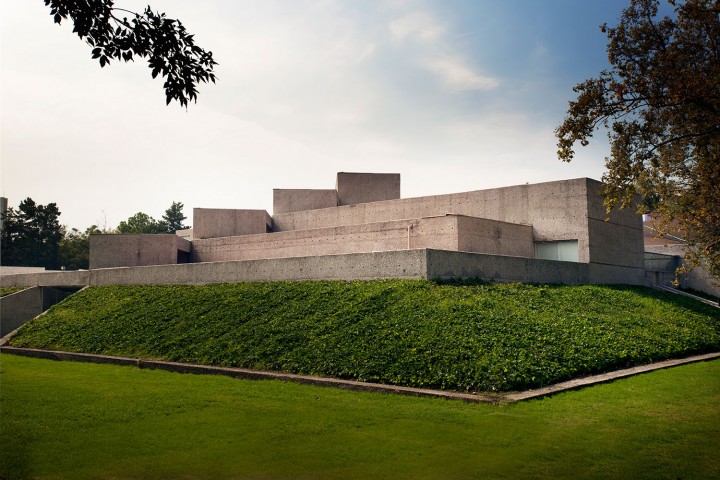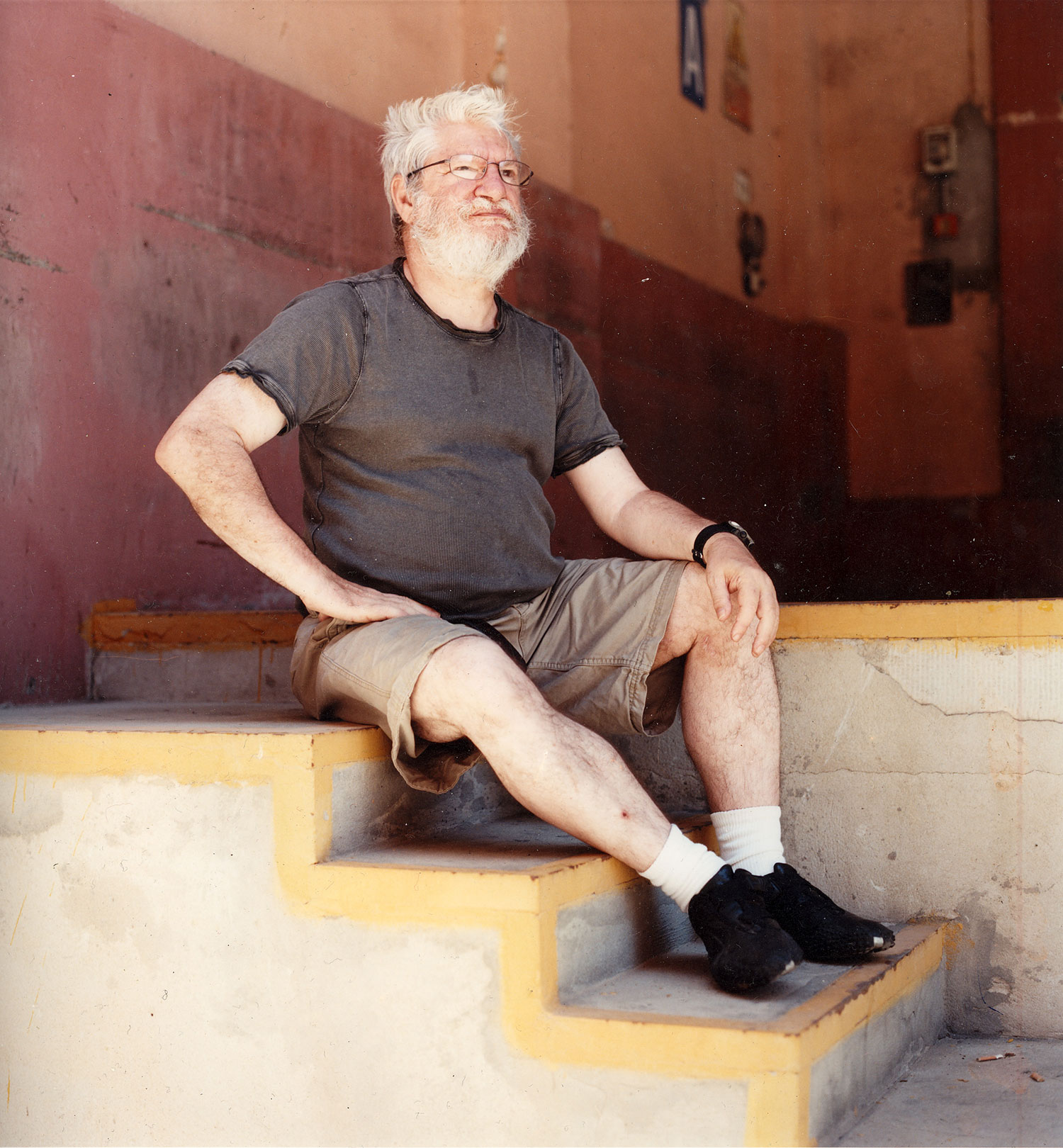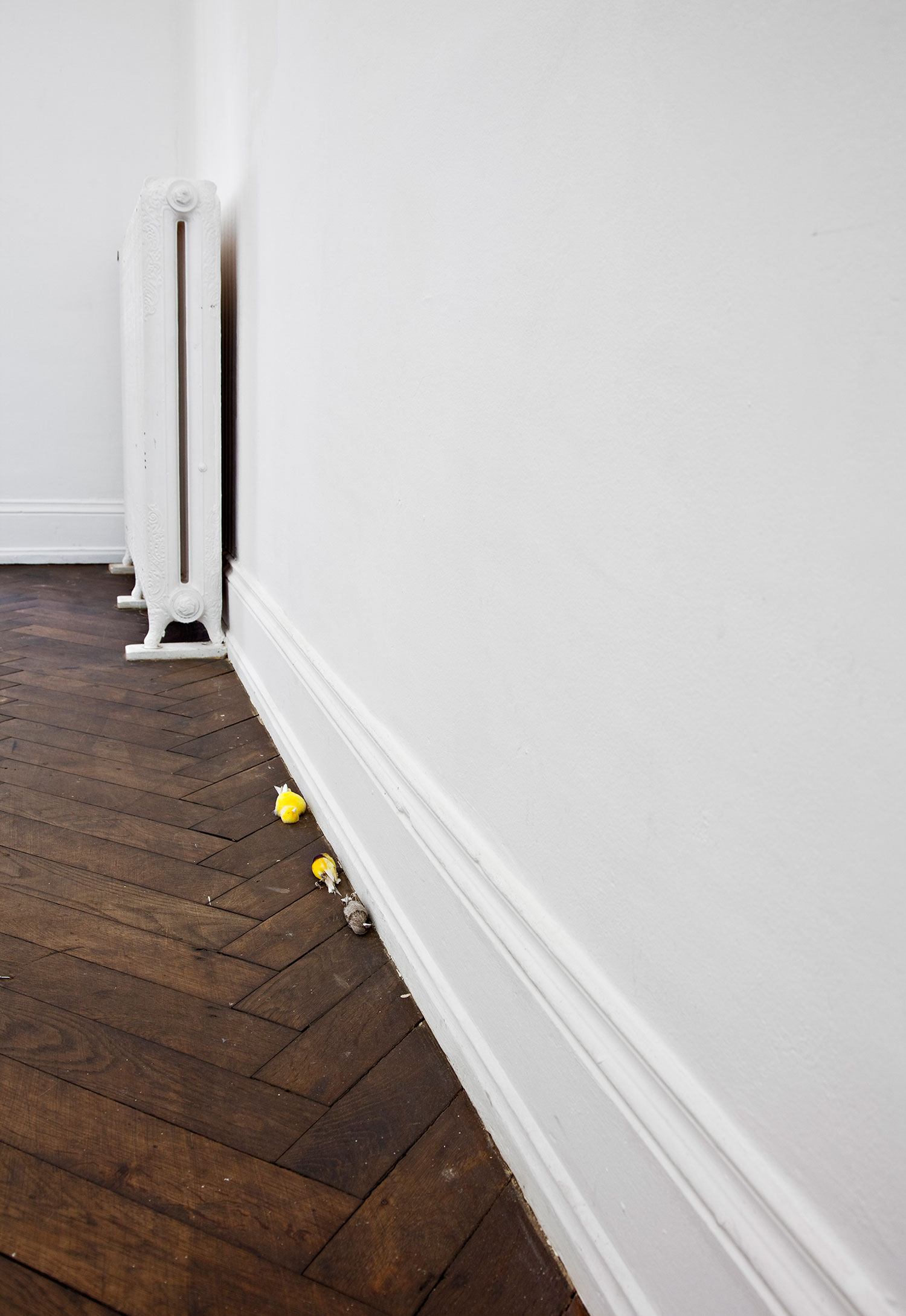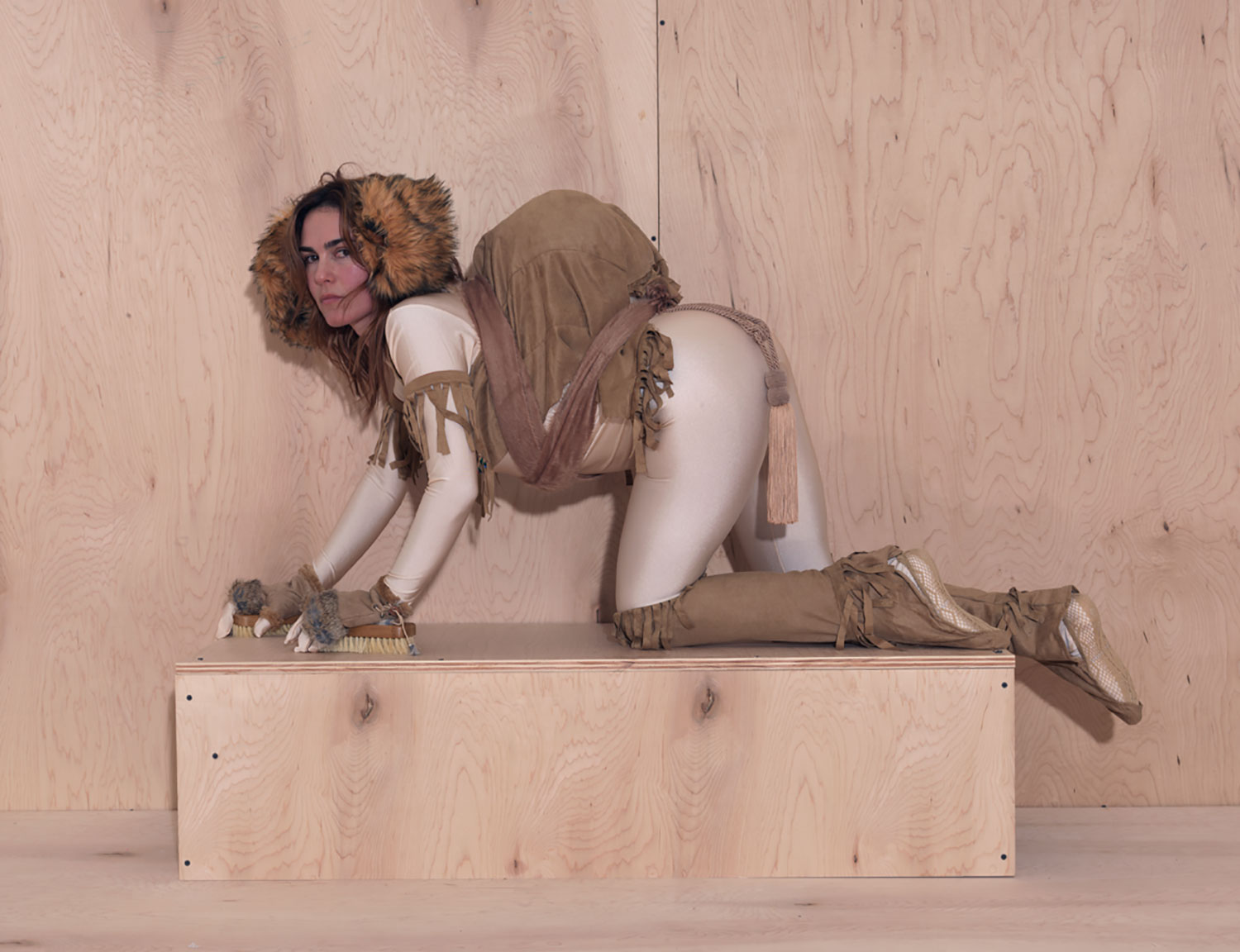
Rita Gonzalez: Will you talk a little about the process involved in the construction and re-opening of Tamayo? How will the new addition enhance the architectural and programmatic functions of the museum?
Carmen Cuenca: It is important to recognize that the renovation and expansion is the result of thinking over several years, several administrations (in terms of directors and curatorial teams) and several attempts to get the project underway. In some sense, the complications and delays of that process probably were truly beneficial — although the actual construction took place in over just one year, the thinking-it-through process probably unfolded over five years. In the end, I hope that we have succeeded in a renovation and expansion that is somewhat seamless — updating and expanding a 32-year-old, iconic building, without erasing too many of its wonderful eccentricities, intimate spaces, etc. In terms of space, the project has given the museum close to 40% more exhibition space — space that will allow for much greater diversity in programming. Beyond that, we have added wonderful new education, archive, cafe and bookstore spaces. Our storage has been completely updated. Our administrative areas have been expanded and redesigned. In the end, one measure of our success is that many who have worked at the museum, or visited frequently over the years, cannot discern where the old building ends and the new begins. Also, in the end there is, I think, is a poetic aspect of giving Teodoro Gonzalez de Leon the opportunity to rethink, at the age of 85, a building that he designed 32 years ago.
RG: Has there been a rethinking of the Tamayo in the months that it was closed for renovation? With additional space, will there be more of a commitment to show the collection, or to continue with international contemporary exhibitions?
CC: The new space and configuration of space will give the museum opportunities to work with its collection in new ways as well as to show work of the museum’s founder, Rufino Tamayo. However, the most important potential afforded by the new building is to give curators and artists the opportunity to produce new work and projects. It was very important to me that we produce 100% of the exhibitions and projects for the reopening. By the same token, it is interesting that all of the curators and artists, without any direction or master plan, chose in one way or another to produce new work that acknowledges and incorporates the Museum’s collection and history. With that in mind, I think that the question of “international” as opposed to the “permanent collection” or “local” has less significance for the museum than it might have had 30 or even 10 years ago. Among other things, it is important to recognize that much has changed in Mexico City since the Tamayo was founded 32 years ago. At that moment, we were essentially the only venue devoted more or less exclusively to international contemporary art. Today, we are only one of many venues for contemporary international art in Mexico City and the country. For that reason, among others, I believe that our role as a site devoted to production is probably a more important measure of our contribution in the future.
RG: What are the future goals of Museo Tamayo?
CC: If I am involved, a major curatorial goal will be to produce work and exhibitions, and perhaps to travel the works that we produce. On the administrative side, I am interested in better defining the unique public-private partnership that has been at the heart of the Museum since its founding (for better or worse). That partnership raises challenges in a country like Mexico, but it also raises enormous potential as a model of (sustainably) working in the future.





